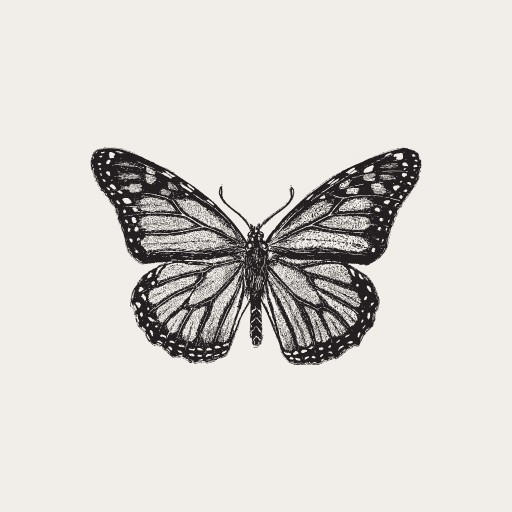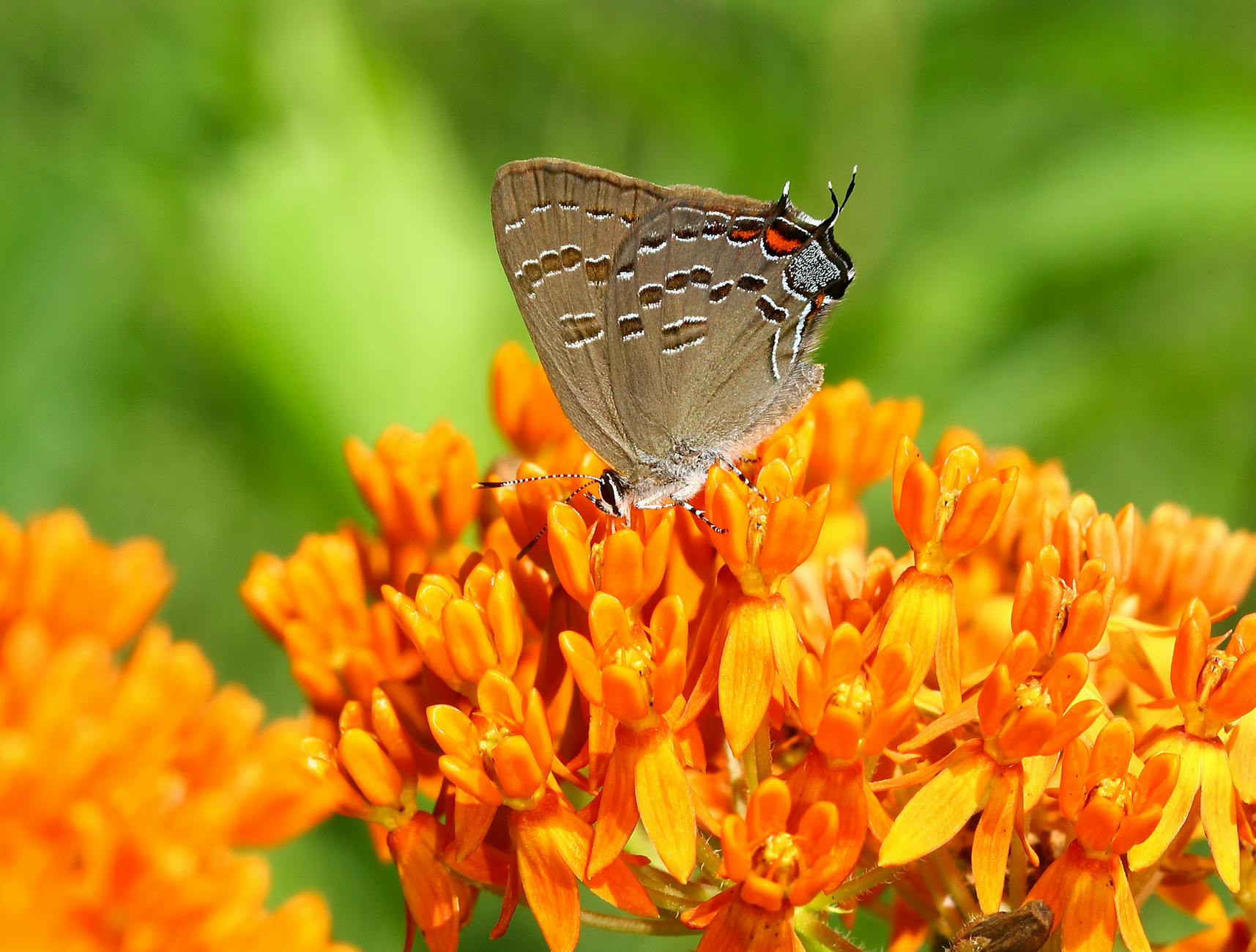Watering, mulching, and more.
Summer heat can be challenging for any garden, but native plants are well-adapted to local climates and typically require less maintenance than non-native species. However, extreme temperatures and drought conditions can still take a toll. In this guide, we’ll cover the best practices for keeping your native garden healthy throughout the summer, including proper watering, mulching, and ways to support pollinators and wildlife.
Smart Watering Strategies
Native plants are often drought-tolerant, but even they need some hydration during prolonged dry spells.
- Water Deeply, Not Frequently: Instead of shallow, frequent watering, give plants a deep soak once or twice a week to encourage strong root growth.
- Water Early or Late: Water in the early morning or late evening to prevent evaporation and ensure moisture reaches the roots.
- Use Drip Irrigation or Soaker Hoses: These methods reduce water waste and deliver moisture directly to the soil.
Mulching for Moisture Retention
Mulch is essential for regulating soil temperature and preventing water loss.
- Best Mulches for Native Gardens: Use organic materials like shredded leaves, pine needles, or wood chips.
- How Much to Apply: Spread 2–4 inches of mulch around plants, but keep it a few inches away from stems to prevent rot.
- Mulch Benefits: Helps retain moisture, suppresses weeds, and enriches the soil as it decomposes.
Managing Heat Stress in Plants
Even heat-tolerant native plants can show signs of stress in extreme temperatures.
- Watch for Wilting: Temporary wilting during the hottest part of the day is normal, but plants should recover by evening.
- Provide Temporary Shade: Use shade cloths or plant taller species to provide natural shading for delicate plants.
- Avoid Fertilizing in Extreme Heat: Fertilizing during hot months can stress plants and encourage weak growth.
Supporting Pollinators and Wildlife
Native gardens play a crucial role in sustaining local pollinators and wildlife.
- Leave Some Bare Soil: Many native bees nest in the ground and need exposed soil to burrow.
- Provide Water Sources: Shallow dishes with stones or birdbaths help birds, bees, and butterflies stay hydrated.
- Keep Some Flowering Plants Blooming: Stagger blooming periods by planting species that flower at different times throughout the summer.
Controlling Weeds Naturally
Weeds compete for water and nutrients, so it’s important to manage them without harming native plants or wildlife.
- Hand-Pulling: The best way to remove weeds without disturbing the ecosystem.
- Smothering with Mulch: A thick layer of mulch can suppress weed growth.
- Encouraging Dense Planting: Planting native species close together helps shade out weeds naturally.
Pruning and Deadheading for Healthier Plants
- Deadhead Spent Blooms: Removing dead flowers can encourage some native plants to rebloom.
- Trim Overgrown Plants: Prune selectively to maintain airflow and prevent overcrowding.
- Leave Some Seed Heads: Plants like coneflowers and sunflowers provide seeds for birds later in the season.
Planning for Late Summer and Fall
As summer winds down, start preparing your garden for the next season.
- Collect Seeds: Gather seeds from native flowers to plant next year.
- Observe What Thrives: Take notes on which plants performed best in the heat.
- Prepare for Fall Planting: Some native species establish best when planted in late summer or early fall.
Thriving in Summer
With the right care, your native garden can thrive even in the peak of summer. By watering wisely, using mulch effectively, and supporting local wildlife, you’ll maintain a resilient, low-maintenance ecosystem that benefits both plants and pollinators.
Ready to help your native garden thrive this summer? Start by mulching, deep watering, and providing water sources for wildlife. Have questions or tips to share? Drop them in the comments!

